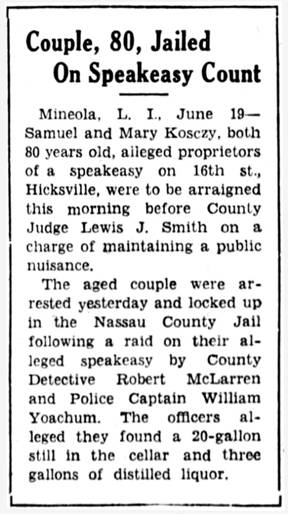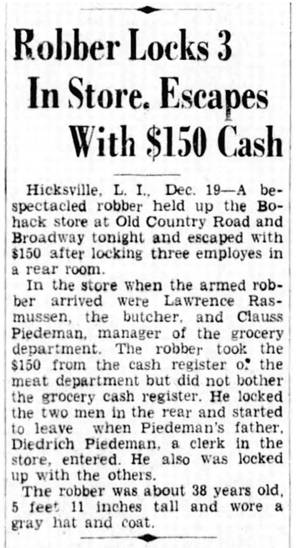III Crime
Most people would think that the crime rate increased significantly during the Depression. It did not.
Although there is a correlation between crime and economic hardship, especially when the latter is measured in terms of unemployment, it is not a question of simple arithmetic. The precise relationship is not universal. It differs from country to country, and even in a given country, it is different in different eras. Sometimes, similar changes in employment have had opposite effects on crime rate.
Violent, brazen murder was nothing new; the crime wars of Prohibition had started long before the Great Depression. What was new was where the battles occurred. Crime, like water, flows along the routes of least resistance. It may move from city to city, or from city to suburb, rising in some locales and receding in others, as new opportunities and impediments arise. If, in a given town, almost nobody has any cash to steal, random muggings will soon stop. If the local factory shuts down, there is no payroll to rob.
There are other factors, too. Some sociologists hypothesize that people in need feel less desperate when they live cooperatively under the same roof as their extended family, and benefit from emotional support.
Whatever the reason(s), the national crime rate remained flat - which is another way of saying that during the Depression there was as much crime around as ever.
*
There were some new developments. Economic hardship did lead to new "amateur criminals" setting up stills in their basements or garages (a fact which helps explain why so many people died from "poison booze"). The Hicksville octogenarians named below were likely in this category.

Brooklyn Daily Eagle, June 20, 1929

Brooklyn Daily Eagle, April 20, 1932
Many amateurs may have decided that they were not sufficiently desperate to dabble in other crimes, such as prostitution or armed robbery. Of course, one cannot tell from the news items below if the people involved were professional criminals or needy amateurs.

Brooklyn Daily Eagle, March 8, 1932

Brooklyn Daily Eagle, December 19, 1931
*
Long Islanders, even those who patronized speakeasies, grew worried about an incursion of gangsters from the Big Bad City. Although criminals had always traveled between, say, Brooklyn and Hicksville, improved cars and roads now made it easier. Believing that the NYPD had of late become better at combating crime, the Nassau County Police felt obliged to prepare for a predicted flood of fugitive City criminals. They were ready to take action, even if that meant using machine guns to safeguard the County line.

Brooklyn Daily Eagle, August 29, 1931
***

